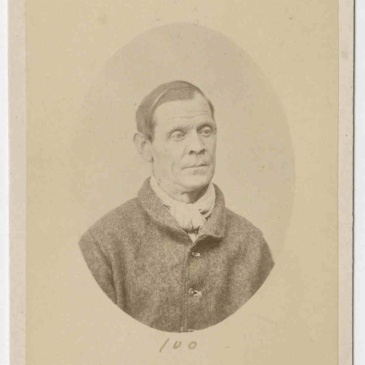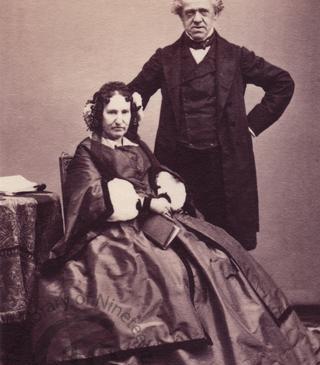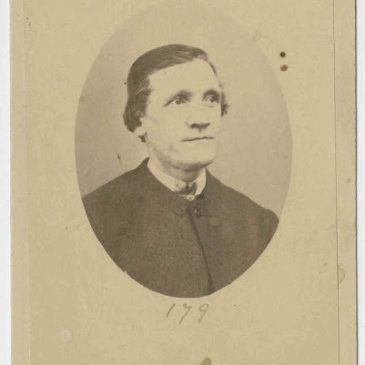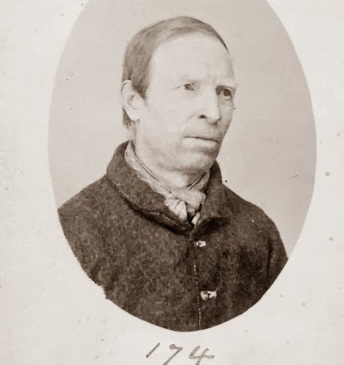“EXECUTION OF STOCK.
The execution of Henry Stock, who was convicted at the last Criminal Sessions of the murder of his wife and child, took place at 8 o’clock this morning, in the presence of Messrs. Seager, the Deputy Sheriff; Quodling, the Governor of the Gaol ; Hedberg, Sub Inspector of the Territorial Police ; Smith, the Under Gaoler : Rev. Geo. W. Shoobridge, Chaplain to the Gaol ; Rev. T. M. O’Callaghan ; the members of the Press, and the gaol officials. On Mr Seager asking Stock whether he had anything to say, he replied, ‘All I have to say is that I am innocent.’ When asked whether he had any message he would like taken to anybody, he replied ‘ .No.’ He was then pinioned by Solomon Blay, and he followed Mr Shoobridge to the drop. The condemned man appeared somewhat faint, but his step was firm, and he walked on to the platform bravely and exhibited no signs of breaking down. In his right hand he carried a little bunch of flowers with the following text attached : ‘ He shall speak peace unto the heathen.’ He then mounted the platform, the white cap was placed over his head, the bolt drawn, and the unfortunate man launched into eternity. The operation took over three minutes, Mr Shoobridge continuing the prayer during the whole time. Whilst in gaol Stock was respectful to all the officials. Up to the time of his death he made no confession. On Sunday night his rest was partially disturbed, but this morning he eat [sic – ate] a hearty breakfast of fish. The body was cut down after an hour’s time and examined by Dr. Turnley, who pronounced the body to be dead. His remains were conveyed at 11 o’clock to Cornelian Bay. Mr A. J. Taylor took cast of his head.” … More The case against Henry Stock (var. Stocks) 1884 for the murder of his wife and her child










































You must be logged in to post a comment.